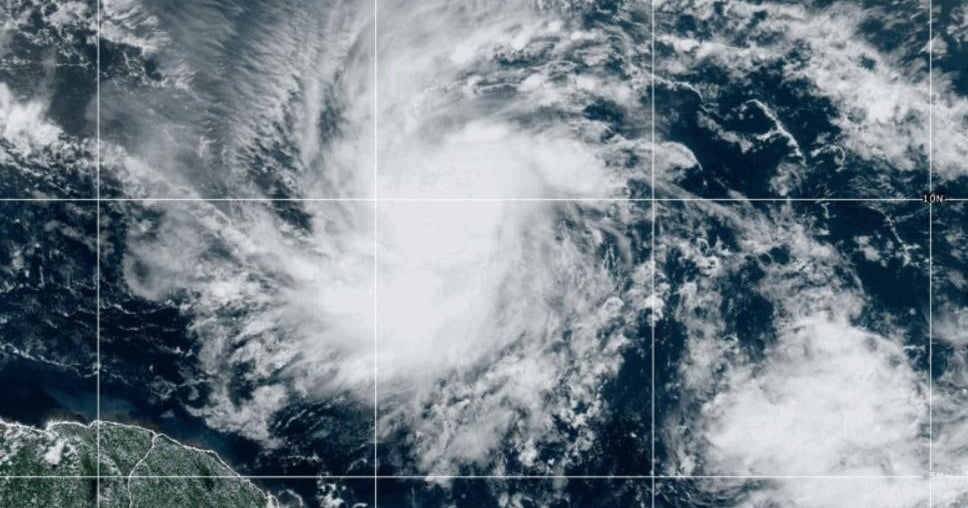Unlock the Editor’s Digest for free
Roula Khalaf, Editor of the FT, selects her favourite stories in this weekly newsletter.
India is set to welcome billions of dollars of foreign inflows when JPMorgan adds the country’s sovereign debt to its emerging markets index on Friday, a move that some analysts say will leave it more vulnerable to fickle flows of hot money.
The inclusion of India marks the first time the bonds of the world’s fastest-growing large economy have been included in a major benchmark and is the latest move to open up a once closed-off market. It was only in 2020 that India removed foreign ownership restrictions on some rupee-denominated debt.
The inclusion of 28 government bonds worth more than $400bn will give India a 10 per cent share of the widely tracked measure, according to JPMorgan.
About $11bn has flowed into Indian bonds as investors position themselves ahead of the formal inclusion, according to Goldman Sachs. The bank expects a further $30bn to arrive as the bonds are gradually incorporated into the index over the next 10 months, raising foreign ownership from around 2 per cent to about 5 per cent.
The entry caps years of negotiations between India’s government, banks and investors, during which the country eased some burdensome administrative controls and improved bond tradability.
“The sentiment of it is quite significant,” said Carlos Carranza, portfolio manager at Allianz Global Investors, which has bought Indian debt. “It is now on every investor’s radar and maybe before this inclusion there wasn’t even a reason to look at it given the capital controls.”
India is expected to be one of the fastest-growing economies in the world this year, with the United Nations forecasting an expansion of 7 per cent.
The yield on the country’s benchmark 10-year government bond has fallen 0.19 percentage points so far this year to 6.98 per cent, reflecting rising prices. But many funds are likely to be still overcoming complex bureaucratic hurdles to market entry.
“There is this perception that investors have already front run the flows, but we tend to disagree,” added Carranza. “Many investors in the industry have to set up their accounts to be able to trade Indian bonds . . . those processes, in my experience, take time.”
The addition comes weeks after Prime Minister Narendra Modi, feted by investors for market-friendly reforms, became reliant on coalition partners after his Bharatiya Janata party lost its parliamentary majority. The shock election result initially caused a spike in Indian yields and fall in stock prices, but the impact proved shortlived.
“There was a lot of nervousness with the outcome,” said Madhavi Arora, lead economist at Emkay Global Financial Services in Mumbai. “People have moved on from there.”
S&P Global in May said it expected broad economic continuity regardless of the election outcome, announcing that it was considering lifting India’s triple B minus credit rating.
Modi remains “obsessed with fiscal targeting . . . he really wants to get India upgraded by the likes of S&P”, Arora said. India “is still giving a good yield premium compared to its peers and there’s the growth story, inflation is looking good”, she added.
With Russia’s ejection from JPMorgan’s index after invading Ukraine and China’s weakening economy, India may also be added to other fixed-income benchmarks, according to Gaurav Narain, manager of the India Capital Growth Fund in Mumbai.
Indian bonds will enter the Bloomberg Emerging Market Local Currency Government Index from January, while the country’s debt is being considered by the UK’s FTSE Russell.
However, fast-moving flows could complicate Indian central bank efforts to control market volatility. Arora said foreign investors may “see the wind is changing and they’ll withdraw”.
The Reserve Bank of India has downplayed those concerns. Earlier this month Governor Shaktikanta Das said that there should be “no worries” over the central bank being able to handle the ebbs and surges. “We have managed it in the past and we will manage it this time also,” he said.
Analysts and fund managers see India’s more than $650bn foreign reserves as ample ammunition to keep the rupee stable.
“There is bound to be more volatility as India gets even more integrated with the global markets,” Narain said. “Currently the reserves seem sufficient and will only increase with this inclusion.”

Barbara Terrio is a seasoned business journalist, delving into the world of finance, startups, and entrepreneurship. With a knack for demystifying complex economic trends, she helps readers navigate the business landscape. Outside of her reporting, Barbara is an advocate for financial literacy and enjoys mentoring aspiring entrepreneurs.








